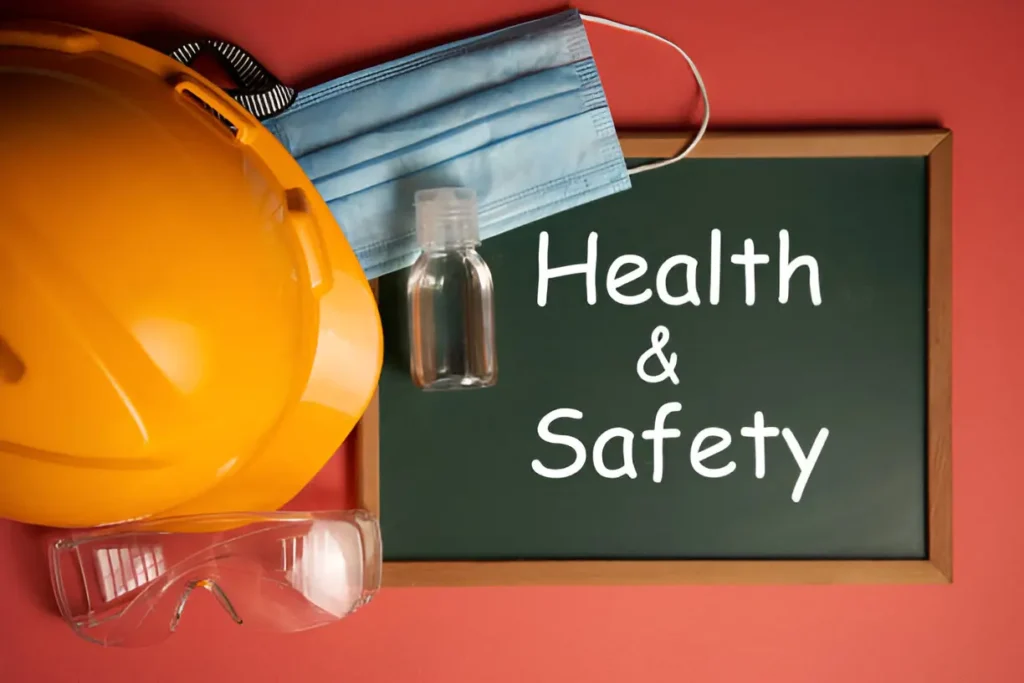A strong health and safety plan is essential for protecting employees, staying compliant, and maintaining productivity. Every workplace, regardless of size or industry, faces unique risks that need to be identified and managed. This is why many companies turn to industrial hygiene consulting firms for expert guidance.
The Purpose of a Health and Safety Plan
A health and safety plan outlines how a company will identify workplace hazards and manage risks. It typically includes:
- Hazard identification and assessment
- Control measures (engineering, administrative, PPE)
- Emergency response procedures
- Employee training and communication protocols
- Monitoring and regular safety audits
This plan isn’t just a legal document—it keeps everyone informed and helps prevent accidents. It also ensures business continuity. When employees are protected, operations run smoothly with fewer incidents or inspections.
Common Workplace Hazards and How They Impact Employees
Even in seemingly low-risk industries, hazards can still exist. Some of the most common workplace hazards include:
- Airborne contaminants such as dust, fumes, and chemical vapors
- Noise exposure from heavy equipment or industrial processes
- Ergonomic issues related to repetitive tasks or poor workstation design
- Physical hazards like machinery, sharp tools, or slippery floors
- Biological risks from bacteria, mold, or viruses
Without a solid plan, these risks can cause serious injuries, illness, or even fatalities. A proactive approach helps prevent these issues before they become costly problems.
The Role of Industrial Hygiene Consulting Firms
Creating an effective safety plan often requires expert help. Industrial hygiene consulting firms specialize in identifying and addressing workplace health hazards. With expertise in science, engineering, and safety, these firms help design reliable safety strategies.
These firms typically offer services such as:
- Workplace hazard assessments
- Air and noise monitoring
- Chemical exposure evaluations
- Ventilation reviews
- Customized safety training programs
- Regulatory compliance reviews
A key benefit of working with these experts is their ability to go beyond surface observations. They identify root causes of risks and suggest practical, long-term solutions tailored to the company’s needs.
Benefits of Having a Strong Safety Plan
Investing in a health and safety plan comes with long-term advantages that go beyond compliance:
- Reduced Incidents and Injuries
Fewer workplace accidents mean lower medical costs, less downtime, and improved morale. - Improved Compliance
Regulations are constantly changing. A structured plan ensures businesses stay ahead and avoid fines or citations. - Higher Productivity
When employees feel safe, they’re more likely to stay focused and engaged in their work. - Stronger Company Reputation
Clients and stakeholders view companies that prioritize safety more favorably, leading to potential partnerships and growth opportunities. - Cost Savings
Avoiding incidents, lawsuits, and regulatory penalties protects the company’s bottom line.
These benefits compound over time, making the initial effort to develop a plan well worth it.
Customizing Plans for Different Work Environments
Workplace hazards differ across environments. Risks in an office aren’t the same as those in a manufacturing plant or construction site, making tailored safety plans essential. Safety measures must match the specific activities, equipment, and risks of each setting. Industrial hygiene consultants specialize in solving challenges like air quality, chemical storage, and noise exposure, helping businesses create safer, healthier workplaces.
Training: A Critical Part of Any Safety Plan
Even the best plan will fail without proper training. Employees must understand:
- The hazards they face
- How to use protective equipment
- Emergency procedures
- Who to report concerns to
Training should be ongoing and regularly updated. It’s not a one-time event but part of the company culture. When everyone understands their role in safety, the workplace becomes more resilient and efficient.
Keeping the Plan Up to Date
A health and safety plan must be regularly reviewed and updated to stay effective. Changes in operations, equipment, or regulations often require adjustments. Ongoing monitoring, audits, and feedback are key to keeping it relevant. Partnering with experts like industrial hygiene consulting firms helps ensure companies stay aligned with best practices and meet safety goals efficiently.
Also Read- Storage Racking Systems: A Backbone for Organized Business Operations


